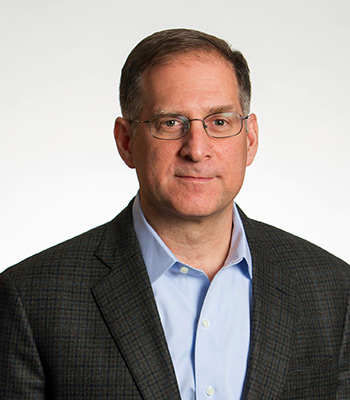 ≡
≡
Radio Advertising Still One Of The Best Options
Feb 24, 2017 by Mark MaierAll Access reports that Radio and TV remain some of the best options for advertising as Reach becomes the new Black..." In recent years media planning has fallen victim to absolutism in the form of micro-targeting via digital media. The data can locate precise prospects in the moment they’re ready to buy, the thinking goes, which makes advertising broadly across media a waste of time and money.

Last year, two news events spat in the face of this “new normal.” First, the largest and most comprehensive study on ROI and media impact ever fielded, the Advertising Research Foundation’s (ARF) How Advertising Works, concluded that abandoning legacy media (where the committed, predictable reach lives) causes sales to drop. Second, Procter & Gamble CMO Marc Pritchard announced that his brands were stagnating due to targeting too narrowly on Facebook.
Other advertisers are coming to similar conclusions. We recently recorded the biggest spike to date in marketer confidence (intention to increase spending) for more traditional, homogeneous media. Specifically, increases of 25 percent for broadcast TV, 26 percent for cable TV and 18 percent for audio/radio—gains of 16, 11 and 19 points, respectively, over a year ago.
Tellingly, the spending optimism gap has narrowed significantly since the beginning of the decade. In 2011, there was nearly a 100-point difference in net “plan to spend” optimism between the highest and lowest media. Last year, this difference compressed to only 42 points.
Why? Advertisers are awakening from the big digital hyper-targeting party to remember three sustaining realities of media.
It takes big reach to make big sales.
The bigger the brand, the more customers, shopping visits and purchases it needs to stay in business, let alone expand. The biggest staple products need to reach tens of millions of real people (read: not bots) every week to set that equation in motion, and they need to do it predictably.
There’s a natural momentum for audiences that have something in common.
The finer you target audiences online, the more places they come from—like a patchwork quilt of the ideal consumer. Beyond the sum of characteristics captured in a data profile, there’s nothing to connect one to the others repeatedly and reliably. With established media like radio and TV programs that air on a schedule, a regular audience builds. And, thanks to social media, builds on itself, using what the characters did or what the DJs and TV hosts said as the rallying point.
Media won’t work in isolation.
Audiences don’t draw the divides that advertisers do. People just attend, listen, read and watch what they like. And today, they’re merging media in the moment more than ever before. The real power is in the intersection, whether that’s the growing connection between TV programs and social media or the awareness lift that ads in multiple media give each other—as evidenced by TV and Twitter increasingly promoting their interdependence and Nielsen studies showing that radio ads lift awareness of a brand’s TV ads substantially. The more roads you drive into the consumer’s mind, the bigger your presence there.
“AM/FM radio’s daytime presence is definitely getting more attention,” says Pierre Bouvard, chief insights officer at Cumulus Media, which operates the Westwood One radio network. “Advertisers now tell us they want to reach the greatest number of in-the-market consumers on the go.”
So what’s a marketer to do? Leave the hyper-targeting party and return to the media mix.
For its part, the ARF, arguably a media-neutral authority, recommends three “smart-spending action steps” for advertisers. First, invest in multiple platforms rather than shifting dollars from platform to platform. Second, spend smart by adding back traditional media to your digital investments to maximize ROI. Third, spend to reach millennials on traditional and new media—not just mobile.
ARF took the average of category verticals and recommended an optimized mix for a $15 million advertiser: 78 percent traditional and 22 percent digital for people 18 and older, and 71 percent traditional and 29 percent digital for people 18-34.
Just because you can doesn’t mean you should, in data and targeting. However you slice it, there’s a predictable unpredictability in hyper precision. It’s impractical to identify and connect individually with all of the people who are in the market for a product at any given moment in time. The surer route is to reach the most customers possible. That means building the bedrock of a media plan on channels with reliable mass.
Related Categories



